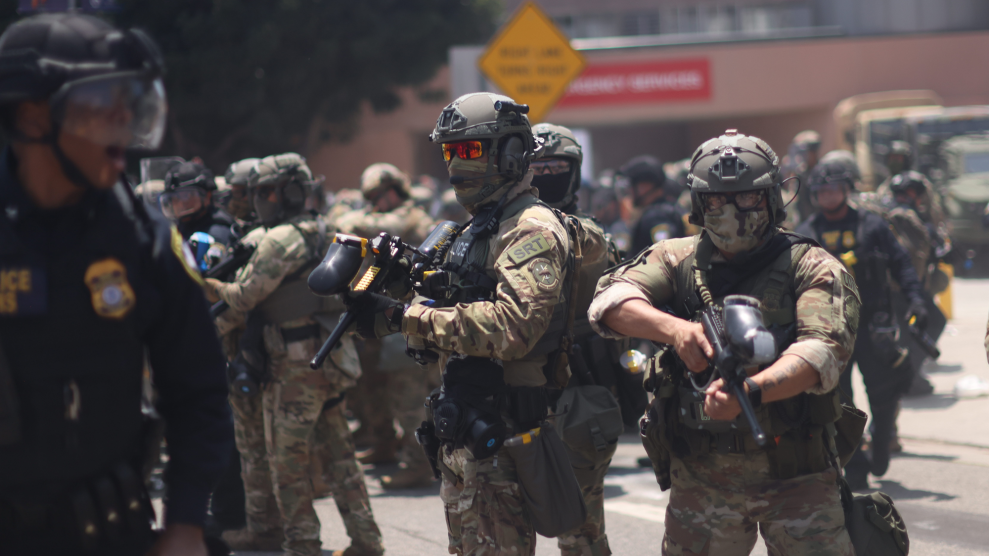How long has Faisal Shahzad been on the radar of federal counterterrorism investigators? Read most press accounts and it sounds like the terrorism suspect, who’s admitted to the failed Times Square bombing, never raised any red flags up until the day he parked a propane, fireworks, and fertilizer-laden Pathfinder on West 45th Street and fled the scene. For instance, as Time reported earlier, “…So far, the only indication that Shahzad had raised any suspicion among U.S. officials is the fact that he underwent secondary screening at the airport upon his return to the U.S. earlier this year.”
But that may not be true. Shahzad, who lived in the US on and off since 1999, apparently drew the scrutiny of federal investigators long before the failed bombing that led to his dramatic arrest at Kennedy Airport. According to an intriguing paragraph buried deep in a New York Times story published Wednesday, members of the national Joint Terrorism Task Force (JTTF), the same FBI-led interagency group whose agents hunted down and apprehended Shahzad on Monday, were keeping tabs on him as many as six years ago. The Times reported:
George LaMonica, a 35-year-old computer consultant, said he bought his two-bedroom condominium in Norwalk, Conn., from Mr. Shahzad for $261,000 in May 2004. A few weeks after he moved in, Mr. LaMonica said, investigators from the national Joint Terrorism Task Force interviewed him, asking for details of the transaction and for information about Mr. Shahzad. It struck Mr. LaMonica as unusual, but he said detectives told him they were simply “checking everything out.”
If the Times‘ account is correct, why did JTTF investigators zero in on Shahzad back then?
So far, the media attention has focused largely on the lapses that lead to Shahzad’s near-escape—the fact that he eluded the federal agents who’d been surveilling him and was able to buy a plane ticket and board his flight even after his name had been added to the no-fly list. But a bigger question may be how long the feds had Shahzad in their sights and how he came to be there to begin with. The matter was addressed briefly at Wednesday’s White House press briefing, when ABC News correspondent Jake Tapper asked Robert Gibbs about the passage in the Times story:
TAPPER: And do you have any response to reports that this individual Shahzad, Faisal Shahzad — the Joint Terrorism Task Force did know about him, had been alerted about him years before? Is there any new information you have about it?
GIBBS: Not that I’m aware of. No, not that I’m aware of. I have not seen that report. Let me take a look at it and see where the best place is —
I have a call into the FBI for comment. I’ll update this post when I hear back.
UPDATE: Well, I heard back. Only the FBI’s response deepened the mystery rather than solving it. You’ll see what I mean.
















